Business and AI - Things are changing so quickly in business that clarity is not a luxury in AI; it is a necessity. This was a central theme in the second episode of the AI Business Catalyst Podcast, hosted by Deirdre Caren, alongside co-hosts Omar Gawad, Alain Picard, and guest speaker Omar Maher. The discussion revolved around the importance of clarity in AI, especially for organizations looking to leverage this transformative technology. In this blog post, we will explore the key insights shared by the speakers into why clarity is essential for successful AI adoption. Let's get started ...
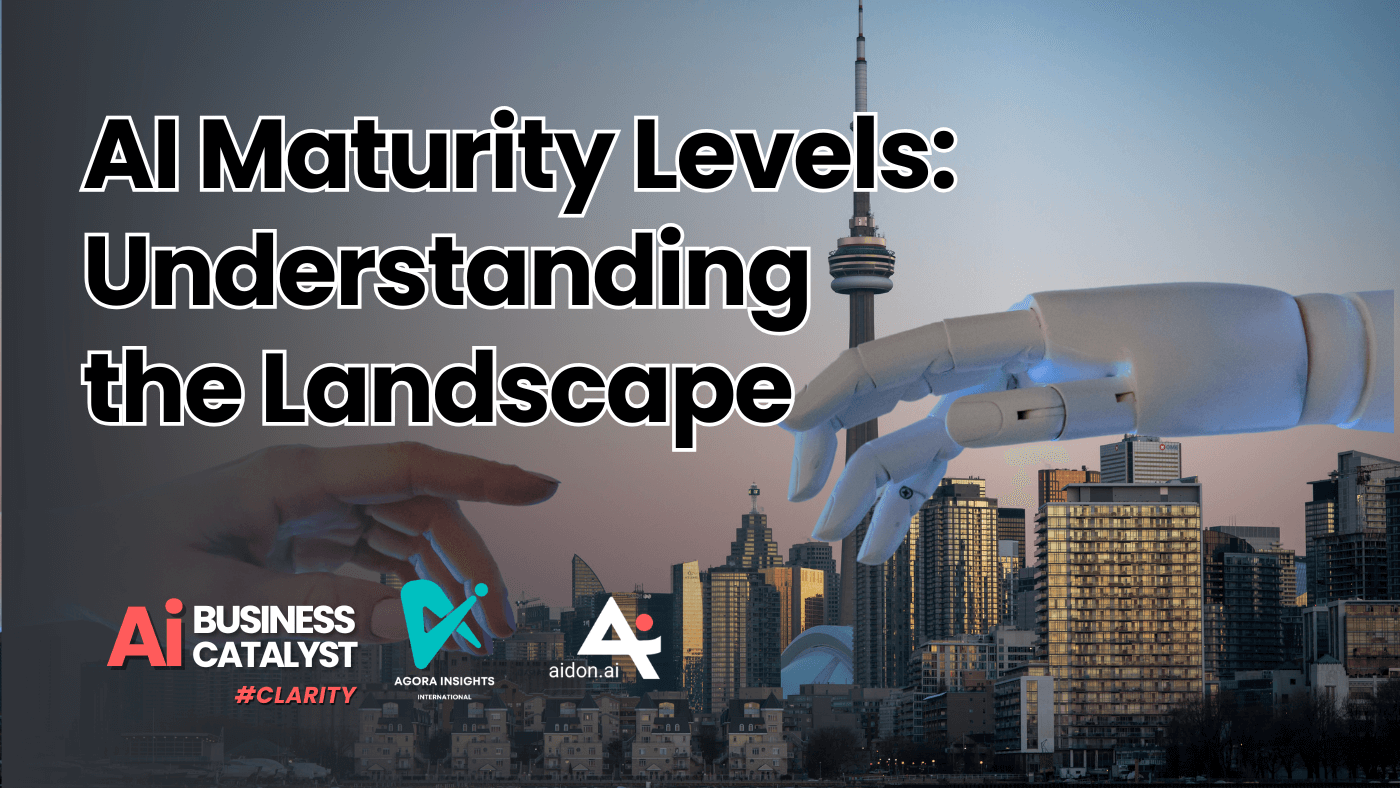
AI Maturity Levels: Understanding the Landscape
One of the primary themes discussed in the podcast is the varying maturity levels of AI adoption among organizations. Omar highlights that businesses can be categorized into distinct groups based on their understanding and implementation of AI technologies:
Mature Organizations: At the top end of the maturity spectrum are organizations that have fully integrated AI into their operations. These companies have centralized AI teams and champions spread throughout the organization, utilizing AI in both core and non-core functions. They have a clear understanding of how to leverage AI for specific use cases and are reaping the benefits in terms of cost savings and revenue generation.
Developing Organizations: The next tier includes businesses that have deployed AI in a limited capacity, typically focusing on one or two main use cases. While these organizations recognize the potential of AI, they are still in the process of identifying additional applications and expanding their AI capabilities.
Exploratory Organizations: A significant portion of businesses falls into this category, where they are experimenting with AI through pilot projects and proof of concepts (PoCs). These organizations are actively exploring various AI applications but have yet to find a use case that delivers substantial value.
Skeptical Organizations: Finally, there are companies that remain skeptical about AI, often due to a lack of understanding or previous negative experiences. These organizations may be hesitant to invest in AI initiatives without a clear demonstration of value.
Understanding these maturity levels is crucial for organizations as they assess their current AI capabilities and identify areas for improvement. By recognizing where they stand on the maturity spectrum, businesses can tailor their AI strategies to align with their specific needs and goals.
"It’s very easy to get caught in the tech and forget about the business value." Omar Maher
A Business-First Approach: Aligning AI with Organizational Goals
Omar emphasizes the importance of adopting a business-first approach when integrating AI into organizational processes. This perspective involves prioritizing business needs and objectives before diving into AI technology. Several key points support this approach:
Defining Clear Use Cases: Organizations must start by identifying specific use cases that align with their strategic objectives. This requires a deep understanding of the business and its operational challenges. By focusing on use cases that address real problems, companies can ensure that their AI initiatives deliver tangible value.
Involving Stakeholders Early: Engaging business stakeholders in the AI adoption process is essential for success. Stakeholders can provide valuable insights into the challenges faced by the organization and help identify opportunities for AI implementation. Their involvement fosters a sense of ownership and commitment to the AI initiatives.
Education and Awareness: To effectively define use cases and leverage AI, employees need to be educated about AI technologies and their potential applications. Providing training and resources empowers employees to contribute to the AI strategy and enhances their ability to identify opportunities for AI integration.
Measuring Success: Organizations should establish metrics to evaluate the success of their AI initiatives. By tracking key performance indicators (KPIs), businesses can assess whether their AI projects are meeting objectives and delivering the expected return on investment (ROI). This data-driven approach allows organizations to make informed decisions and pivot their strategies as needed.
Clarity, Collaboration and Agility: Key to Successful AI Implementation
Omar highlights the necessity for collaboration between business and technical teams as organizations embark on their AI journeys. Successful AI implementation requires a concerted effort from various stakeholders, including business analysts, architects, data scientists, and IT professionals. Here are some important aspects of collaboration and agility in AI projects:
Cross-Functional Teams: Establishing cross-functional teams that include representatives from different departments fosters collaboration and knowledge sharing. This diversity of perspectives enhances the organization's ability to identify use cases and develop effective AI solutions.
Agile Methodologies: Embracing agile methodologies allows organizations to iterate on their AI projects quickly. By adopting a flexible approach, businesses can respond to feedback, make adjustments, and refine their AI solutions over time. This iterative process is essential for navigating the complexities of AI and ensuring that projects remain aligned with business objectives.
Continuous Learning: The rapid evolution of AI technologies necessitates a culture of continuous learning within organizations. Employees should be encouraged to stay informed about the latest advancements in AI, attend workshops, and participate in training programs. This commitment to learning enables organizations to adapt to new developments and leverage emerging technologies effectively.
Feedback Loops: Establishing feedback loops allows organizations to gather insights from users and stakeholders throughout the AI implementation process. Regular feedback helps identify areas for improvement and ensures that the AI solutions being developed are meeting the needs of the business.
Challenges in Leveraging AI Effectively
Despite the potential benefits of AI, organizations face several challenges in effectively leveraging these technologies. Omar discusses some of the key obstacles that businesses encounter:
Data Quality: The success of AI initiatives heavily relies on the quality of the data being used. Organizations must ensure that their data is accurate, complete, and relevant to the use cases being pursued. Poor data quality can lead to inaccurate insights and undermine the effectiveness of AI solutions.
Talent Shortages: The demand for skilled AI professionals often exceeds the available talent pool. Organizations may struggle to find individuals with the necessary expertise in data science, machine learning, and AI technologies. This talent shortage can hinder the successful implementation of AI projects.
Integration with Existing Systems: Integrating AI solutions with existing systems and processes can be complex. Organizations must navigate technical challenges related to data pipelines, security, and compliance, which can slow down the implementation process.
Change Management: Introducing AI into an organization often requires significant changes to workflows and processes. Change management is crucial to ensure that employees are prepared for new ways of working and that they understand the benefits of AI adoption.
Overcoming Skepticism: Some organizations remain skeptical about AI due to misconceptions or past experiences. Overcoming this skepticism requires clear communication about the potential benefits of AI and demonstrating successful use cases that deliver value.
The Role of Business Architects in AI Adoption
Omar emphasizes the critical role that business architects play in the successful adoption of AI. Business architects are uniquely positioned to bridge the gap between business needs and technical capabilities. Their understanding of both domains enables them to facilitate collaboration and drive AI initiatives forward. Key responsibilities of business architects in AI adoption include:
Identifying Opportunities: Business architects can help organizations identify opportunities for AI integration by analyzing existing processes and identifying pain points that AI can address.
Aligning Strategies: They play a pivotal role in aligning AI strategies with organizational goals, ensuring that AI initiatives support the overall mission and objectives of the business.
Facilitating Collaboration: Business architects can foster collaboration between business and technical teams, ensuring that everyone is working toward a common goal and that insights from both sides are considered.
Managing Change: As organizations implement AI solutions, business architects can guide change management efforts, helping employees adapt to new technologies and workflows.
Evaluating Success: They can establish metrics to assess the success of AI initiatives, providing valuable insights that inform future projects and investments.
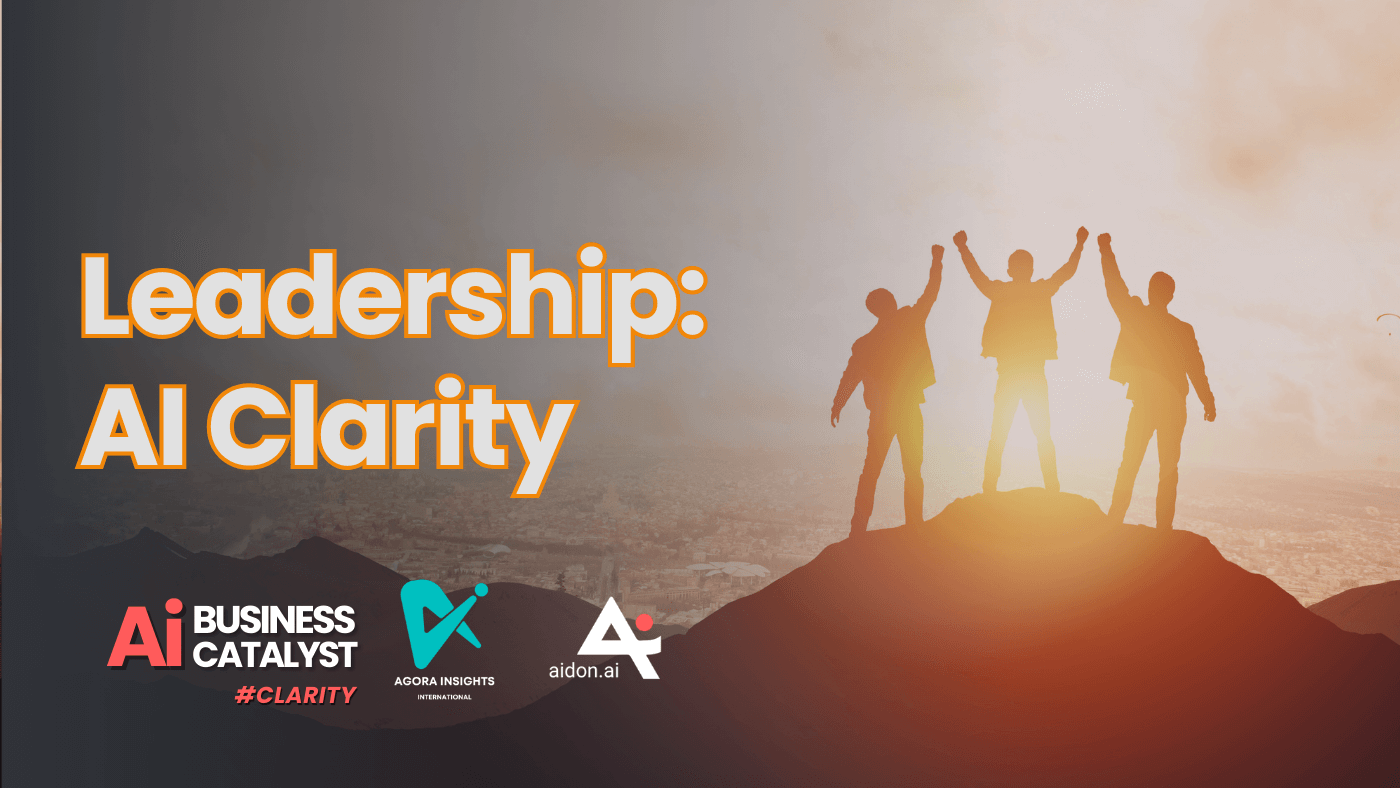
Conclusion
In summary, the insights from the second episode of the AI Business Catalyst Podcast underscore that clarity is essential for organizations navigating the complexities of AI adoption. The discussion on varying maturity levels reveals the different stages businesses are at, from those fully leveraging AI to those still hesitant about its potential. A business-first approach is crucial, focusing on clear use cases that align with organizational goals and ensuring stakeholder engagement from the outset.
Collaboration among cross-functional teams and the adoption of agile methodologies are vital for successful AI implementation. Organizations must also recognize challenges such as data quality and talent shortages, addressing them proactively. Business architects play a key role in bridging the gap between business needs and technical capabilities, facilitating effective AI integration.
Connecting With Us...
To get biweekly videos and interviews from leaders around the world, why don't you try connecting to our Architecting AI for Business Newsletter
Want to access more content, connecting with the Inner Circle is recommended
Just a reminder that Agora Insights and now Aidon.ai open up a world of learning and AI-Assisted Solutions for Business Architects, Analysts, Strategists, and Business Leaders. Contact us for a demo.
To watch more videos, visit YouTube.
Interested in business architecture and business analysis certification, corporate and AI training?
Go to our website www.agorainsights.com
Connect with Deirdre Caren on LinkedIn
Connecting with Omar Maher:
Omar Maher is the CEO & Co-Founder at Monta AI. an accomplished AI Executive with over 15 years of experience in building and scaling Machine Learning products. He has held various leadership roles in multinational companies, successfully establishing AI functions that generate multi-million dollar revenues. As the Global Director of AI at Esri, the leader in Geographic Information Systems, Omar built the GeoAI team and delivered impactful projects worldwide, significantly advancing the company’s AI capabilities and product offerings.
Other publications from Omar:
Artificial Intelligence and Location Intelligence: A Business Guide -
Preparing for the AI Tsunami | Omar Maher | TEDxYouth@BedayiaSchool


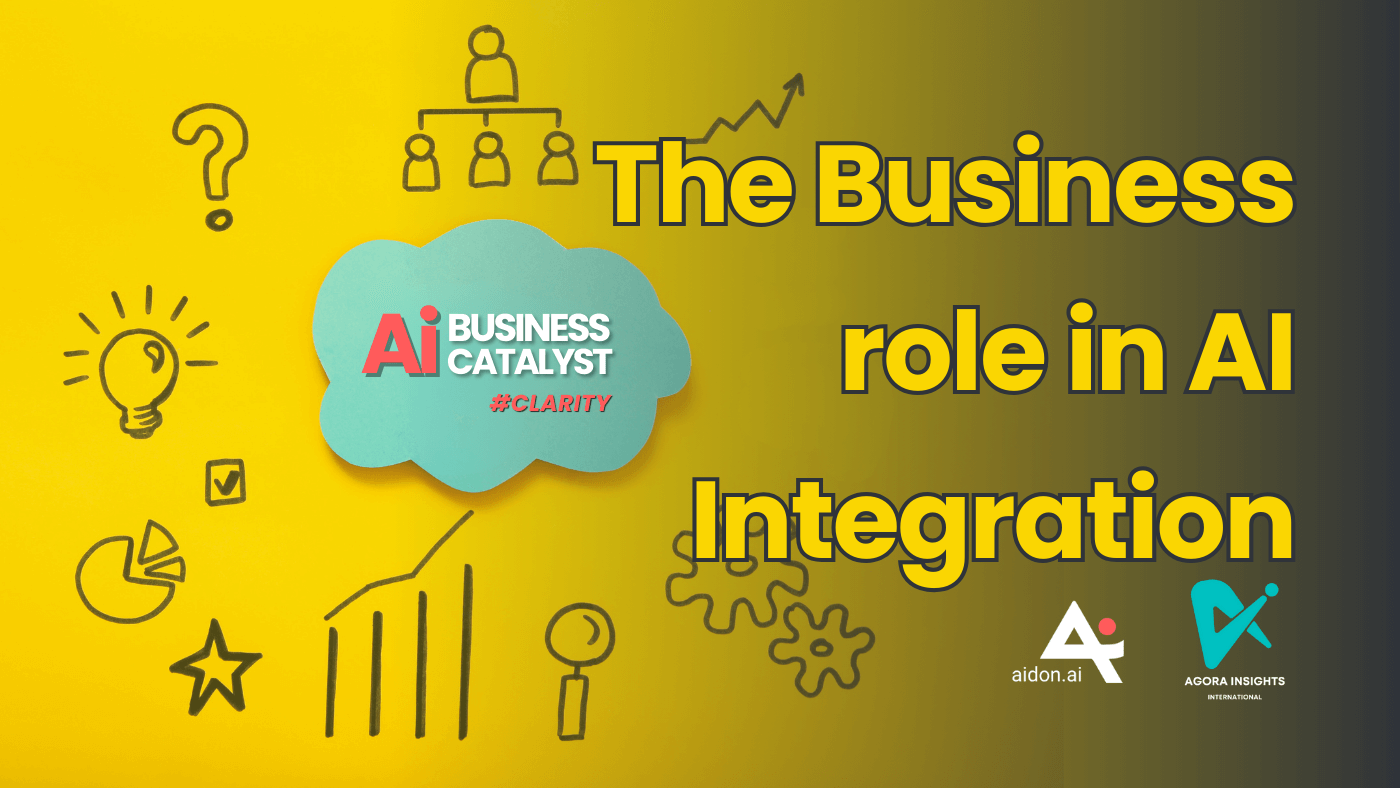
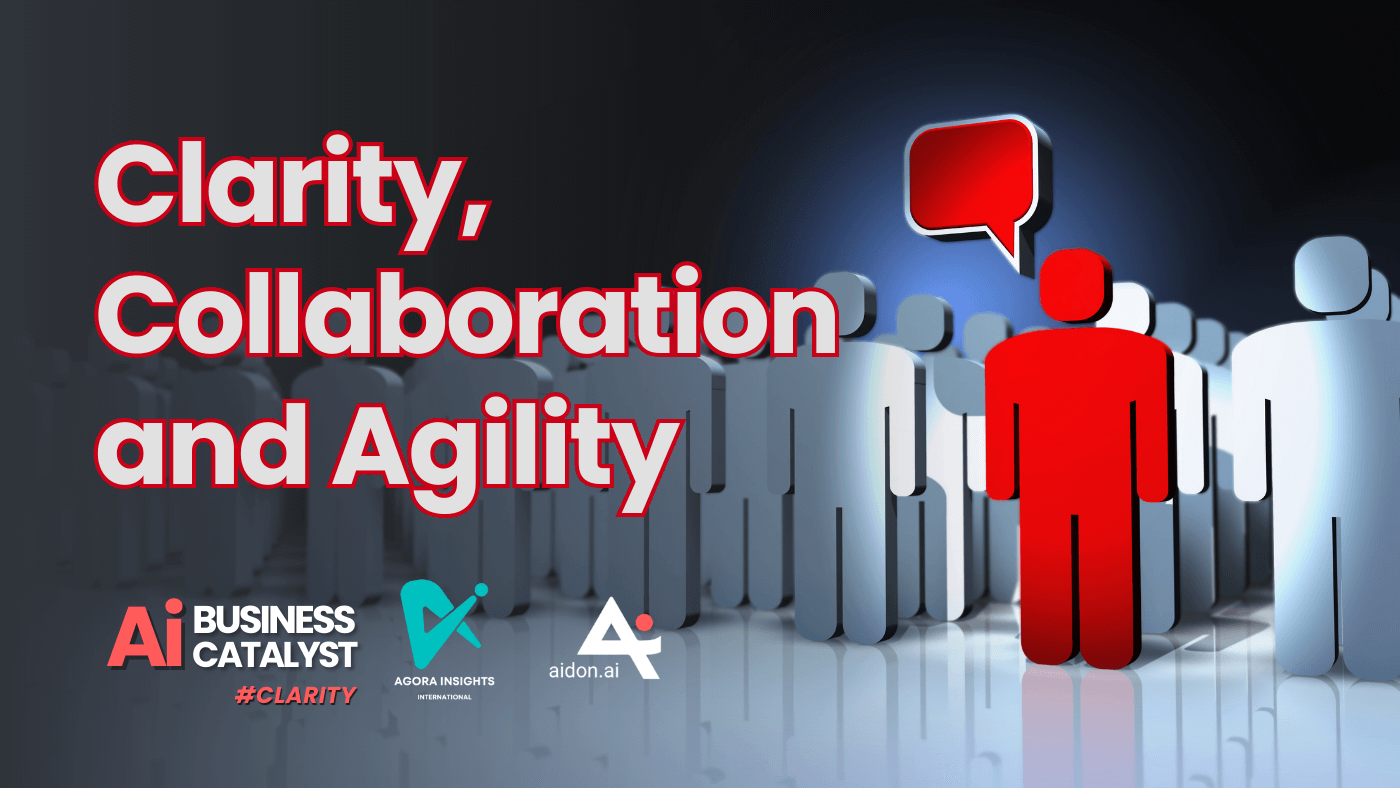
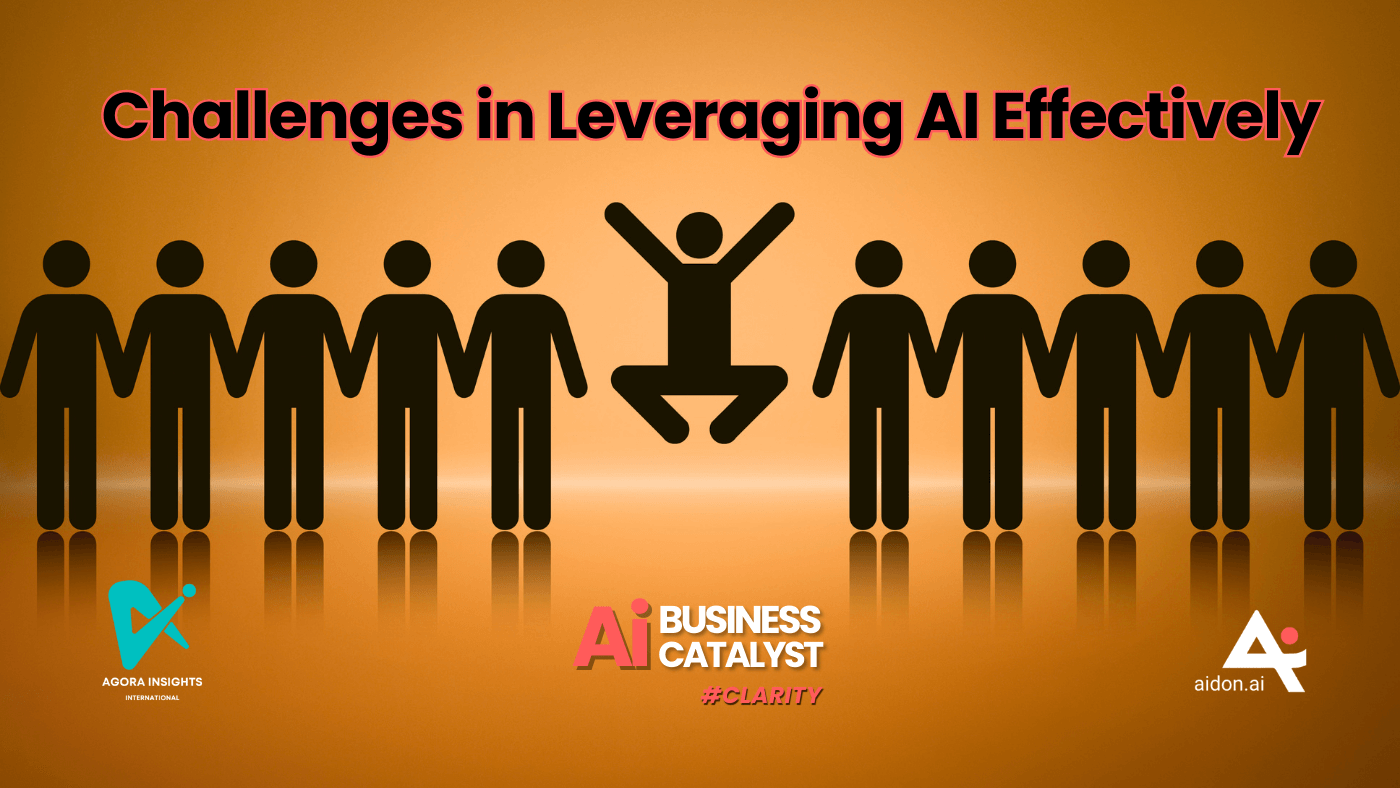
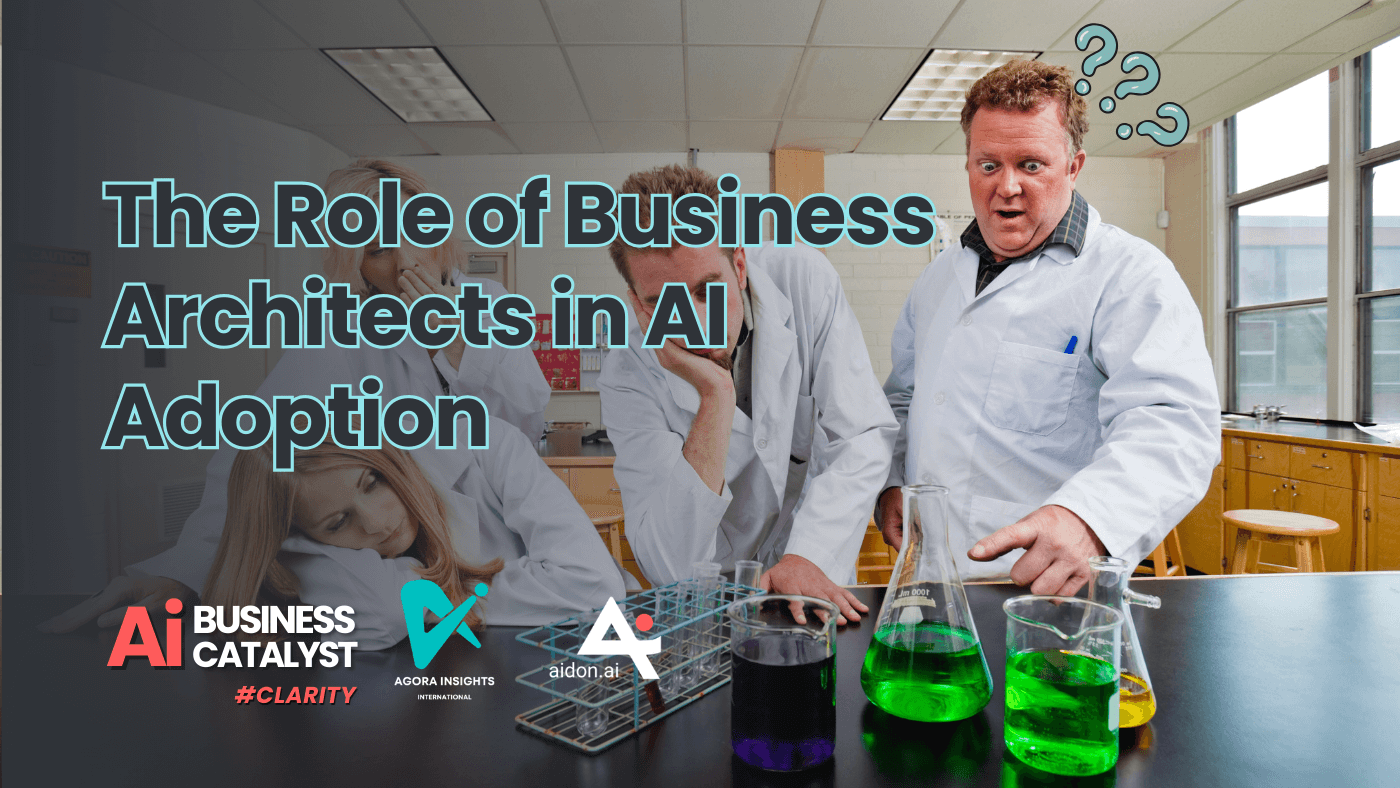
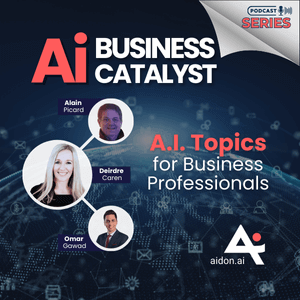
Post a Comment